The impacts of climate change threaten our economy, environment, and public health. By recognizing and responding to the effects of climate change, we can preserve the coastal environment we love.
What is climate change?
Climate change refers to a long-term shift in the Earth’s climate. Our use of fossil fuels increases the level of greenhouse gases in the atmosphere, which leads to rising global temperatures, sea level rise, and other environmental impacts.
The evidence for climate change is clear – Earth’s average temperature has risen by 1.5 degrees over the past century and will continue to rise. This may not seem like much, but even the smallest changes in our planet’s temperature can mean large and often dangerous environmental changes.
What is Ocean Acidification?
Ocean acidification is also known as climate change’s “evil twin” and is similarly problematic.
As the levels of carbon dioxide increase in the atmosphere, about a quarter dissolves into the ocean. This causes pH value (how acidic or basic an aqueous solution is) to decrease and the ocean becomes more acidic.
How does climate change affect Orange County’s waters?
For Orange County’s coast, the latest projections forecast an average rise in sea level of more than one foot over the next forty years and four to five feet by the turn of the century. As the climate changes, so does the chemical makeup of our ocean water.
Did you know the ocean absorbs nearly one-quarter of the carbon dioxide we release into the atmosphere? As a result of increased carbon dioxide, chemical reactions cause ocean water to become more acidic. If we continue on this route, by the end of this century, ocean acidification could increase by nearly 150 percent, harming wildlife that calls the ocean home.
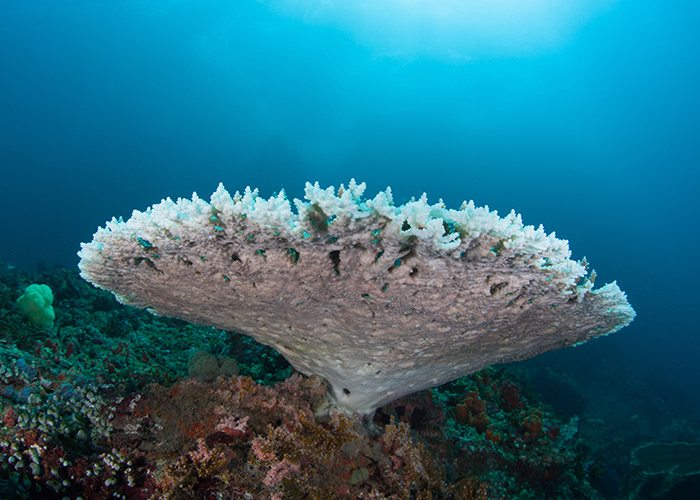
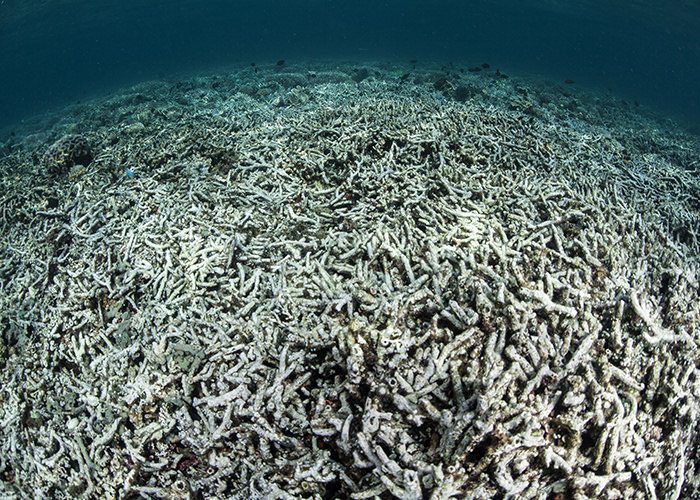
Why does ocean acidification matter to Orange County?
As a coastal community, Orange County’s economy and many of its residents depend on fishing. The more acidic our oceans become the less shellfish and fish will be able to survive, directly impacting the livelihood of our industries and community members.
How does ocean acidification affect Orange County’s waters?
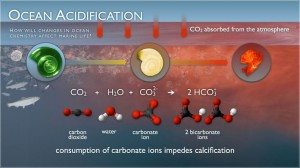
As the ocean becomes more acidic, several problems arise. First, coral reefs may be eroded. The coral reef pictured is bleached as a result of increased acidity. Next, plankton shells become weaker and thinner because of acidification, which may impact entire marine food chains. Further, every shelled marine animal faces a similar fate. The process is happening quickly. From 1750 to 1994, acidity has increased about 30 percent, a fall of roughly 0.1 pH units.
Oceana has found that:
- more than a third of the world’s population will be affected by acidification;
- the world’s largest carbon dioxide emitters will likely be among those most affected; and
- all nations that catch or eat fish, or depend on coral reefs for tourism, storm protection, or food may be affected
Why does climate change matter to Orange County?
It’s no secret that people like to be near the coast. In Orange County, this means an enormous amount of property and residents are at risk to sea level rise.
In California, 85 percent of the population lives along coastal areas threatened by sea level rise. In many areas, the shoreline is heavily developed with structures ranging from power plants to private estates.
Over the next fifty years, rising sea levels and natural land erosion will gradually put these structures underwater. Scientists warn that tides may not rise gently, but rather be punctuated by episodic flood events as high tides overlap with stronger, more frequent storm surges.
How is Orange County Coastkeeper responding to climate change and ocean acidification?
Since California launched its 2008 strategy to address climate change, the Coastal Conservancy now funds local projects working to minimize the effects of climate change.
This includes Coastkeeper programs like eelgrass restoration and living shorelines. We also advocate against environmentally damaging projects with destructive carbon footprints, such as the proposed desalination plant in Huntington Beach.
Guarding Against Sea Level Rise and Ocean Acidification
One of the best ways to protect the coast is increasing its natural resilience. Because of eelgrass’ important ecosystem functions, Coastkeeper works to restore it in Upper Newport Bay. Eelgrass beds provide habitat and food for many marine species as well as oxygen production and carbon dioxide removal in the water.
Living shorelines projects protect coastlines from erosion with an environmentally friendly buffer of natural materials, vegetation, rock and shellfish. Tidal shorelines are continually eroded by wind and waves, and although this process occurs naturally, rising sea levels pose a huge threat to coastlines by increasing erosion, storm inundation, and flooding. Installing living shorelines is a way to work with natural habitats and rising sea levels while still protecting important tidal processes.
Click here to learn more about ocean acidification.
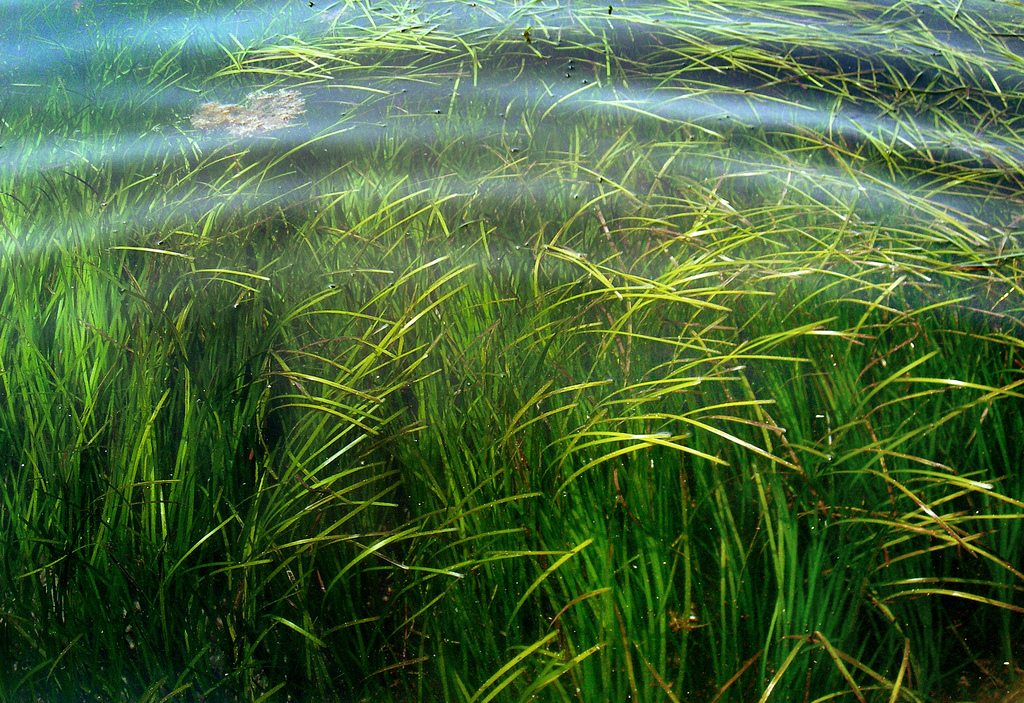
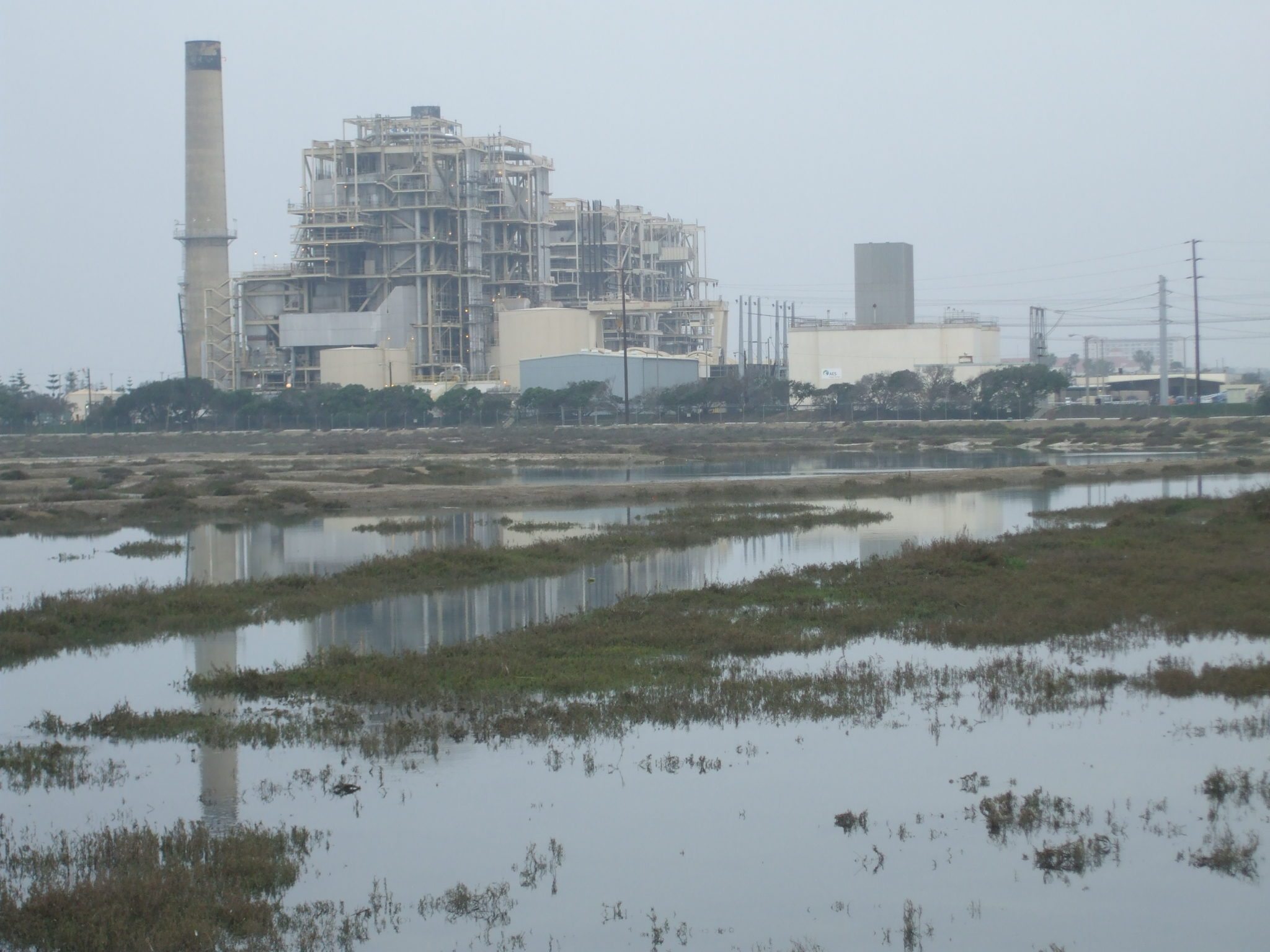
Fighting for the Health of California’s Coastline
Orange County faces a decision that will affect the future of coastal protection in California. As proposed, the Poseidon Huntington Beach desalination facility will impact marine life along 100 miles of coast and create 96,740 tons of additional CO2 annually, fueling climate change.
To stop this costly and ineffective option, Coastkeeper advocates for the use of strategic water supply options that are more environmentally friendly, such as conservation, stormwater capture, and water recycling.
To combat the effects of climate change, Coastkeeper also protects our shoreline with innovative marine restoration projects. By restoring eelgrass and oyster habitats, volunteers safeguard our shoreline from erosion and sea level rise. These projects bring our coastal ecosystems to life, with healthy eelgrass beds that provide habitat for countless species, release oxygen and remove excess carbon dioxide from the environment.






